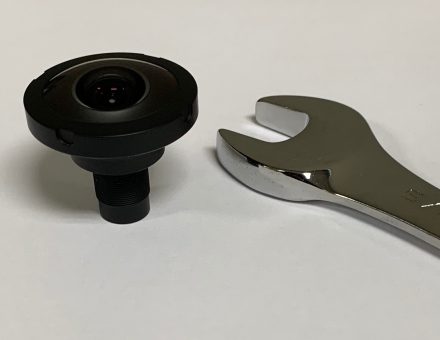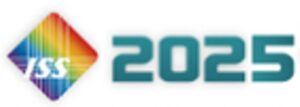One of the questions we frequently get at Sunex is some variation of, “Can I modify a standard lens, and what does this entail?” The answer to this question is, “Yes!” depending on what you would like to modify, of course! In general, there are four categories of what can potentially be modified on a standard lens:
- External Mechanical Features
- Coatings/Filters
- F/#
- Specifications
While first-order lens parameters which are inherent to the optical design typically cannot be modified, including EFL, FOV, TTL, CRA, and Image Circle, there is still a broad range of customization that is possible. Let’s look at the above options for the customization of a Standard Sunex lens in more detail.
- External mechanical features include thread spec/size, mechanical features such as focusing interface features, cap size/shape, markings, etc. These changes are straight-forward with a nominal change fee and will be given a unique PN for differentiation. Such changes generally require 4-6 weeks lead-time, assuming long-lead materials (glass) are already in stock. There may be an MOQ (minimum order quantity) after the initial prototypes.
- Coatings (AR) and filters are also customizable. Sunex has a broad capability to create custom IR Cut filters, bandpass filters, and various AR coatings. This capability allows the customer to optimize Standard lenses for specific wavebands, to minimize stray light, or to re-optimize a Visible lens for NIR applications, for example. Such changes typically do not require any change to the optical Rx (prescription), or to the mechanical design of the lens. Again, depending on the change desired, there may be an NRE and/or a lot charge for the special build. A lead-time of 6-12 weeks should be expected, as glass elements may need to be fabricated.
- F/# is a straight-forward change that can dramatically optimize certain use-cases with minimal cost and effort. It is typically much easier to stop down a lens (increase F/#), but lowering F/# on a particular lens may also be feasible. There are typically no optical or mechanical changes involved, so increasing F/# is usually just a matter of a lot charge and 5-6 weeks of lead-time to build a small lot of prototypes (assuming glass materials are in stock). Again, the lens will receive a unique PN so you can order the lens by name (MOQ may apply).
- Lens Specifications are another change request that Sunex frequently encounters. Although every Standard lens has a set of default, standard specifications, some of these may be tailorable for specific OEM applications. Some commonly modified specs include decentration (boresite), MTF, EFL Tolerance, environmental/reliability testing, or additional/more frequent sampling of critical parameters. Since Sunex has a comprehensive in-house test capability, there is some flexibility to the test, QC and acceptance protocol of Standard lenses in OEM applications. Of course, the extent and level of testing desired may impart some additional cost, but for those demanding applications where more stringent testing is required, Sunex has you covered.
As we see, there are many ways to modify your standard Sunex lens if desired. Standard lenses offer a ready-to-go option with a mature, manufacturing-proven design. If a Standard, base-line design can be modified to meet your exact requirements, it can save months of design time and significant cost over designing a custom lens. For this reason, Sunex has hundreds of designs to choose from, so do not hesitate to contact us if a Standard lens can meet your exact requirements with a bit of modification!
We also encourage you to watch the below video from our webinar series, which is dedicated to all questions about lens customization options.
If you want to get the ball rolling on a customized COTS lens, please contact us or visit: http://www.optics-online.com/EnterRFQ.asp



One Response